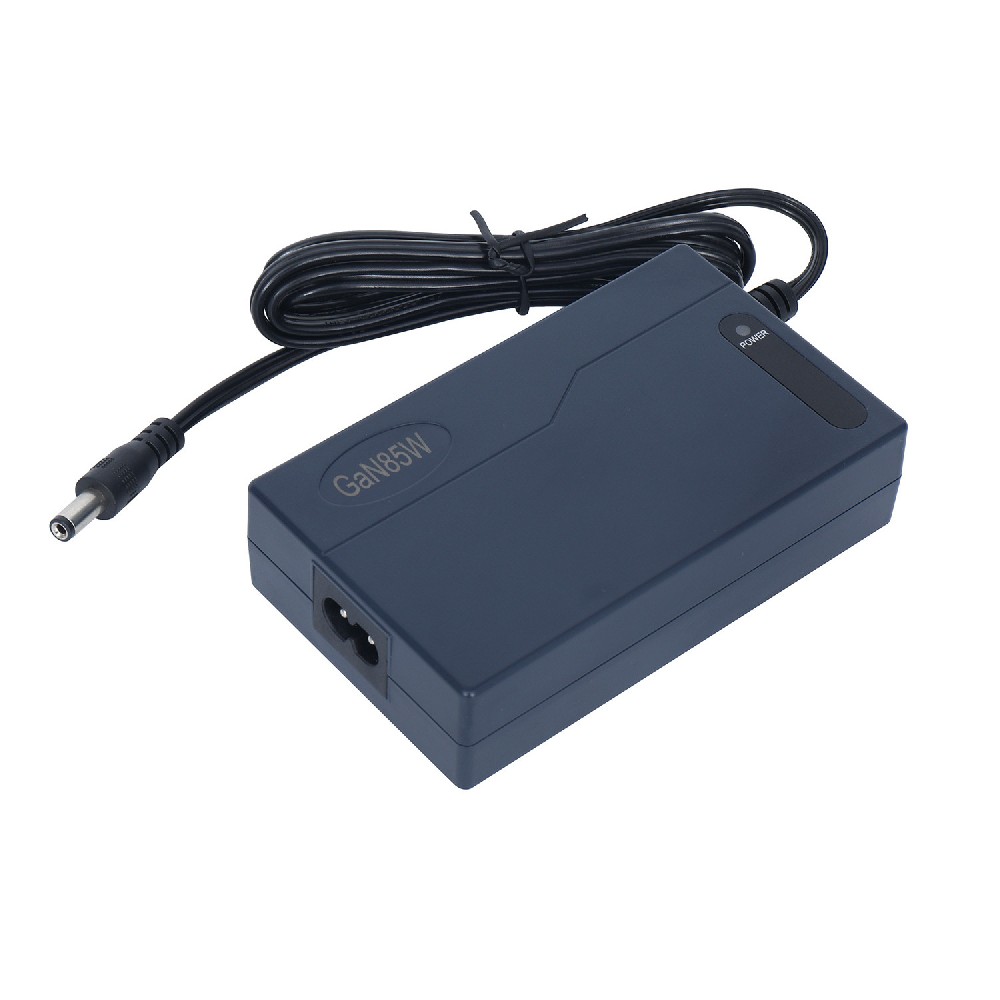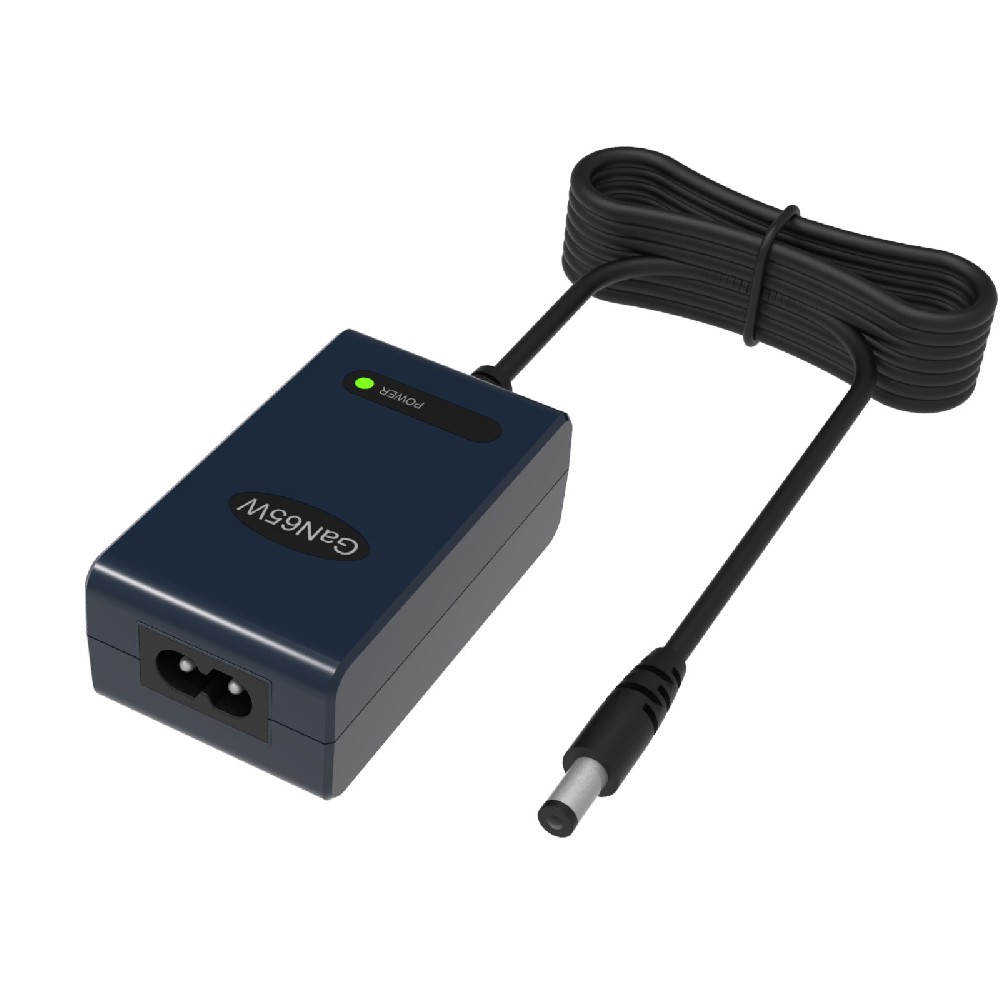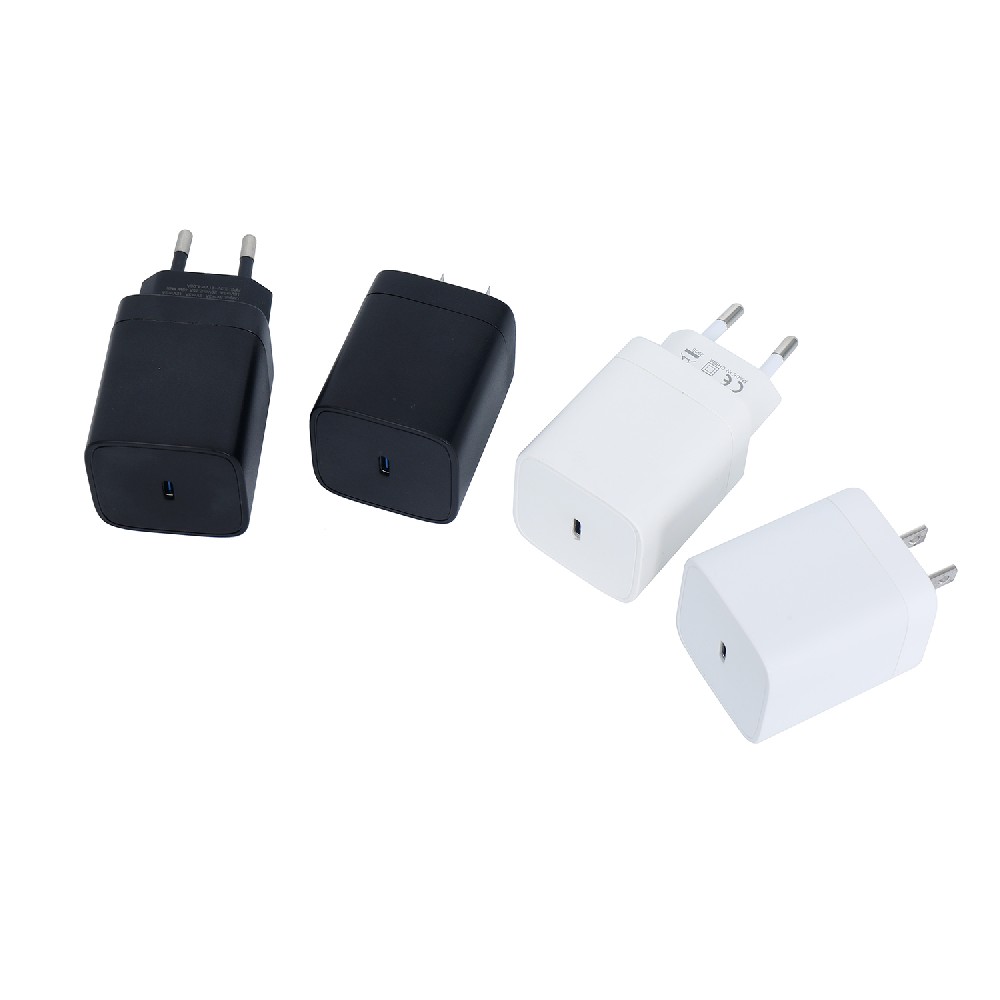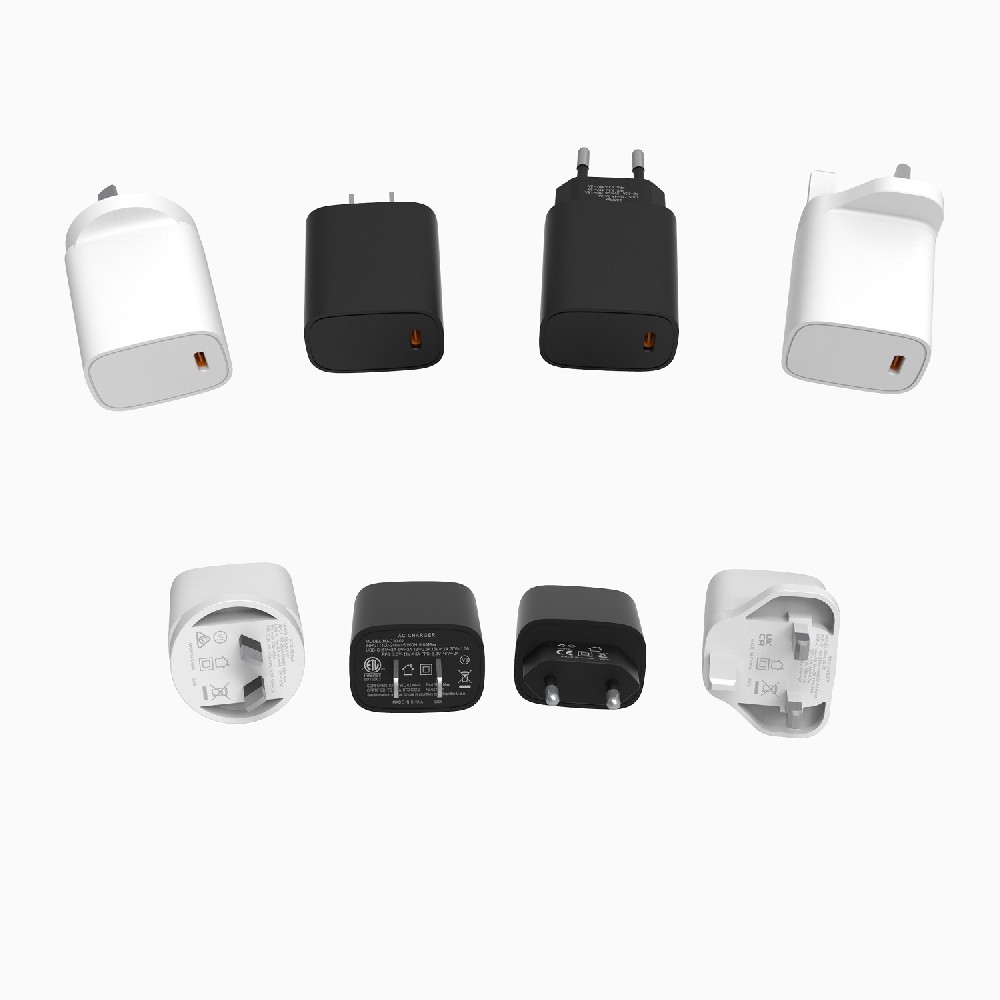Information Center
Power Up with Safety: Properly Charging Li-ion Batteries for Longevity and Efficiency
Published:2023-08-08 00:31:28 Author:Green WCND Views:67Li-ion (lithium-ion) batteries have become increasingly popular for powering electronic devices due to their many advantages over traditional batteries. These batteries have a higher energy density, meaning they can hold more power in a smaller package and are also environmentally friendly. However, Li-ion batteries require a specific type of charger to ensure their safety and longevity. In this article, we will provide instructions on how to properly charge a Li-ion battery.

1. Use the Right Charger

The first and most important step is to use the correct charger for your Li-ion battery. It is essential to choose a charger that has been specifically designed for Li-ion batteries and provides the correct voltage and amperage. Using the wrong charger may result in excessive heat, damage to the battery, or even cause a fire or explosion.

2. Check the Battery Voltage
Before charging the battery, it is essential to check the voltage to ensure that charging is needed. Li-ion batteries have maximum and minimum voltage limits, and overcharging or undercharging can damage the battery’s lifespan. To check the voltage, use a voltmeter or a multimeter to measure the voltage between the positive and negative terminals of the battery. If the voltage is below the battery’s minimum voltage, it needs to be recharged.
3. Connect the Charger
Connect the Li-ion battery charger to the battery by aligning the positive and negative terminals correctly. Make sure that the charger is securely connected to the battery. It is also important to follow any additional instructions for your specific charger model.
4. Choose the Correct Charging Mode
Different types of Li-ion batteries have different charging modes. Some require fast charging, while others require slow charging. Always choose the correct charging mode for your specific battery to ensure its safety and longevity.
5. Monitor the Charging Process
While the battery is charging, you should monitor the charging process to ensure that it is charging properly. Make sure to follow any instructions provided by your specific charger model. Modern chargers usually have an indicator light that shows when the battery is fully charged or if there are any issues.
6. Disconnect the Charger When Fully Charged
Once the battery is fully charged, disconnect the charger from the battery. Overcharging a Li-ion battery can cause damage or even lead to an explosion. Make sure to store the battery in a dry and cool place.
In conclusion, charging a Li-ion battery requires following specific instructions to ensure its safety and longevity. Use the right charger that provides the correct voltage and amperage to charge a Li-ion battery, check the battery voltage, connect the charger securely, choose the correct charging mode, monitor the charging process, and disconnect the charger when fully charged. By following these guidelines, you can enjoy using your Li-ion batteries safely and effectively.
As a manufacturer dedicated to providing high-quality kitchen appliances, choosing the right power adapter for your rice cooker is crucial to ensuring product s···
As a manufacturer of all-in-one desktop PCs, the power adapter serves as the "invisible guardian" of stable device operation. It must not only precise···
IntroductionGolf carts serve as vital transportation tools on golf courses, and their performance and reliability are crucial for enhancing player experience an···
The battery pack is the heart of a golf cart, silently powering every acceleration and climb on the green. However, battery degradation often goes unnoticed, mu···





